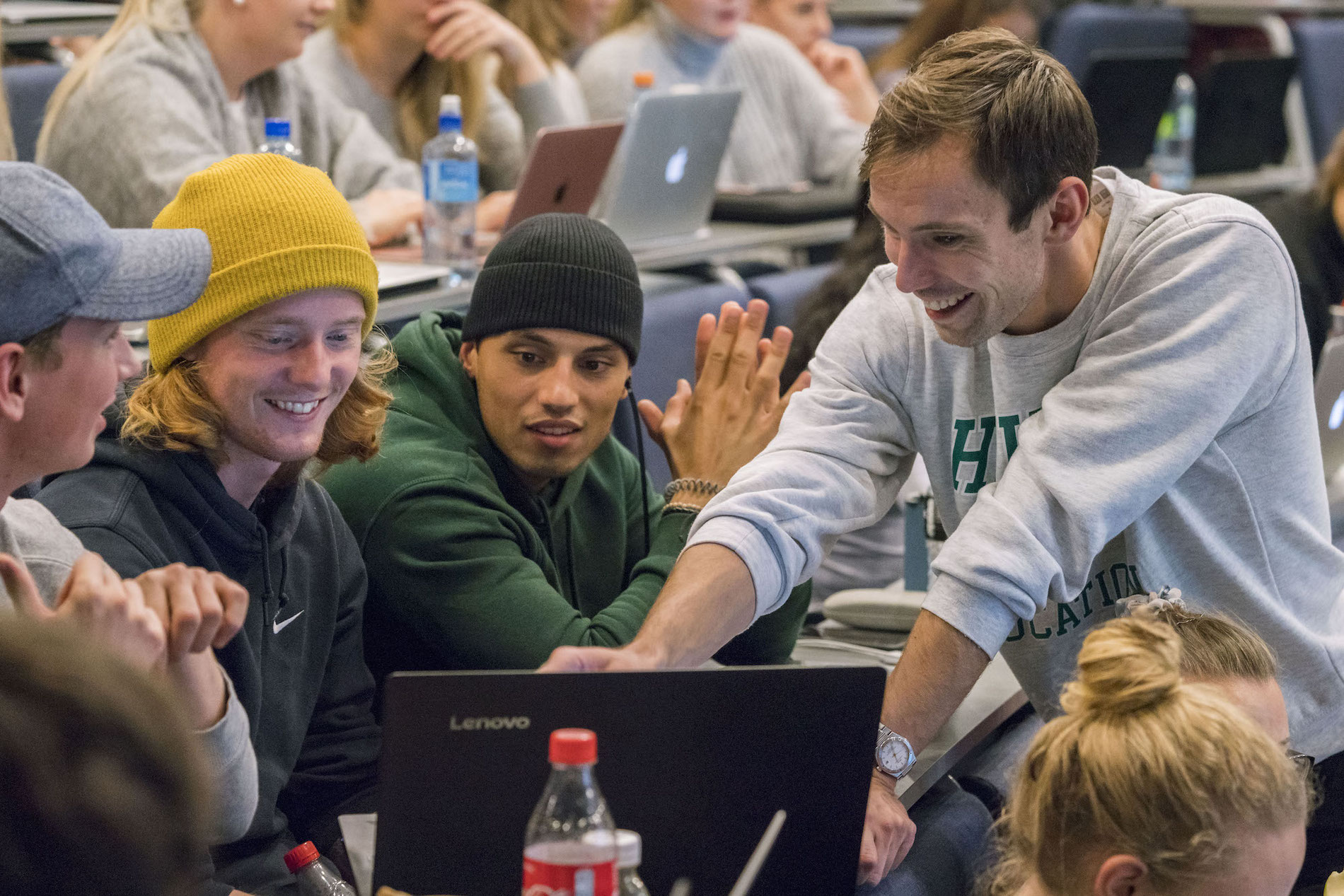
7 best practices for blended learning
During the pandemic, blended learning went from a niche to the norm. It forced educators to move online, even though most didn’t have experience with teaching online. As a result, educators are better equipped than ever because they now have the competence to blend the best of digital and face-to-face learning.
7 best practices for blended learning
We have collected 7 best practices for blended learning that will help you find the balance between face-to-face and virtual learning.
We’ve collected best practices from research, our own experience and from the educators that we work with. If you’re experienced in blended learning then you’ll have heard some of the advice before, but we sincerely believe most educators will get some new insights and ideas from this document.
7 best practices for blended learning
What is blended learning?
Blended learning is commonly referred to as a mix of traditional classroom-based learning and e-learning.
However scholars have suggested many different definitions. One practical definition states that “blended learning is a blend of any two or more learning types”, meaning learning activities that are either physical or virtual, formal or informal, and scheduled or unscheduled.
Thus, the definition of blended learning spans much broader than just classroom teaching with videos sprinkled on top.
Blended learning is becoming the rule, not the exception
Why blended learning?
-
Learning outcomes: research suggests that blended courses can provide superior learning outcomes and student motivation. However, the literature emphasizes that how a course is designed and taught is as important as the fact that the course is blended.
-
Larger tool kit: blended learning gives the instructor flexibility to choose from a wider selection of learning activities, which potentially can improve learning outcomes.
-
Flexibility: it gives learners flexibility, especially if you’re making use of asynchronous learning material and activities.
-
Frees up time: videos, readings and other media can be consumed on the learners’ own time, freeing up time face-to-face for more interactive learning activities like discussions, cases and other interactive activities.
-
Save time: high quality learning resources on evergreen topics can be reused year after year, freeing up time for other learning activities or to improve other parts of the course.
Download the 7 best practices for blended learning
Get access to the 7 best practices for blended learning here.
More time for high-value learning activities
Less lecturing means more time for interactive learning activities. An activity like business a simulation can give your students a chance to put the theory into practice, making the pieces of the puzzle fall into place.
Do you want to explore how our business simulations can give your students deeper learning experiences? Then get in touch for a free demonstration here.
Book a free trial meeting to see how it works
Get a free trialExplore more of our blog for business education, educational business simulations and remote teaching methods.
Back to the blog